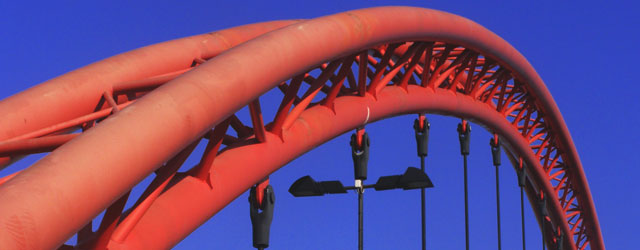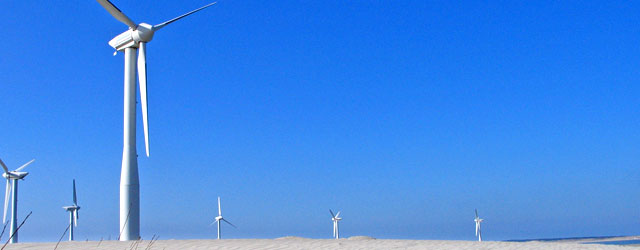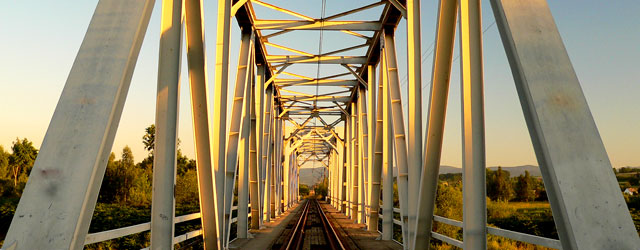The Pyne Gould Corporation Building collapsed during the After-shock on 22nd February, 2011. The building was largely deconstructed, leaving a pile of debris on the site, by the time of the site examination undertaken by Dr Clark Hyland of Hyland Consultants Limited for the Department of Building and Housing.
Structural remnants were recovered from the debris for examination on 16th March 2011. Their configuration and condition were documented, and samples were taken for testing to allow further engineering studies by others to be conducted to better understand why the building collapsed.
The remnants examined included two steel jacketed concrete columns, 250 x 250 mm square concrete columns, and various beam and slab items.
The reinforcing steel typically had nominal diameters consistent with it being made to imperial measurements. However some Japanese sourced 24 mm bar appeared to be made to metric dimensions.
Reinforcing steel tensile tests and chemical analyses showed that the #4, #5, #8 and the Japanese D24 reinforcing steel had properties consistent with NZS 1693:1962 Grade 33 ksi (228 MPa). They also had tensile properties close to the minimum requirements of modern day AS/NZS 4671:2001 Grade 300E.
However chemical analysis of the #8 bar sample showed it to have reasonably high levels of tin (Sn) and phosphorus (P) that would have raised its transition temperature and made it more susceptible to notch initiated fracture.
The larger diameter #10 (31.8 mm) bars appear to be Grade HY60 ksi (413 MPa) bars conforming to NZS 1879:1964. These bars had high carbon and alloy contents and associated carbon equivalents which made them very susceptible to cracking when welded or notched. During tensile testing some of these bars developed running flat fracture after initially yielding but prior to attaining their ultimate tensile strength. Two examples of this form of fracture were observed on site but these fractures may have occurred during de-construction based on the nature of the damage to the bars in the vicinity of the fractures.
Concrete cores were extracted and tested from two members. The average compressive strength of those extracted from a 250 x 250 mm column was 47.3 MPa. This was greater than the specified 28 day strengths for columns of both 3500 psi (24.1 MPa) and 4000 psi (27.5 MPa) specified dependant on column location in the building. The expected test strengths accounting for grade variation and strength-aging were 36 MPa and 41 MPa respectively.
The average compressive strength of cores extracted from a 700 x 510 mm beam was 40.7 MPa. This is greater than the specified 28 day strength for beams of 2500 psi (17.2 MPa). The expected test strength accounting for grade variation and strength-aging was 26 MPa.
The beam and column concrete tested therefore met the specified strengths at the time of the collapse. The concrete tested also met the expected strengths with allowance for grade variation and strength-aging, indicating that the concrete met the specified strength requirements at the time of construction.




